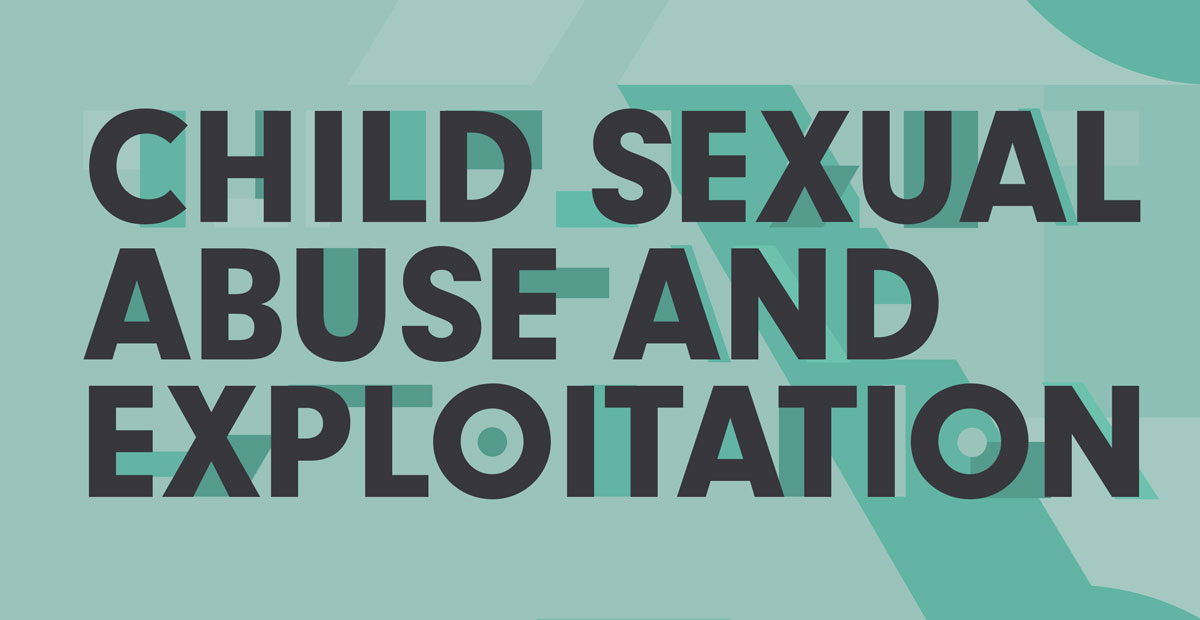
Ce blog fait partie de la série « Établir des liens ». Chaque blog se concentre sur une forme particulière de violence.
Cette année, Equimundo et Oak Foundation ont lancé Normes masculines et violence : établir des liens, un nouveau rapport examinant les liens entre les normes masculines néfastes et huit formes de comportement violent.
Bien que le fait d'être un homme n'ait rien d'inhérent à la violence, la manière dont nous socialisons les garçons dans leur identité d'homme et ce que nous attendons d'eux – c'est-à-dire les normes masculines de la société – sont indéniablement liés à la violence. En effet, les garçons et les hommes sont souvent élevés, socialisés et encouragés à recourir à la violence sous une forme ou une autre ; dans l'ensemble, les hommes et les garçons sont plus susceptibles de commettre la plupart des formes de violence et de mourir par homicide ou suicide. Cependant, les recherches confirment que cette violence est évitable, que l'égalité des sexes est réalisable et que les normes et idées non violentes sur la virilité sont répandues et puissantes.
This third blog in the Établir les connexions series focuses on child sexual abuse and exploitation. It breaks down the facts on this issue, its linkages to other forms of violence, and recommendations for action.
Abus et exploitation sexuels des enfants
Les faits
Child sexual abuse and child sexual exploitation are distinct phenomena with distinct patterns of prevalence worldwide, with disagreement among scholars about overlaps and distinctions in causes underlying perpetration.
Les estimations rigoureuses à l’échelle de plusieurs pays sur l’incidence et la prévalence des abus sexuels sur enfants sont rares, mais toutes les données soulignent l’ampleur considérable de cette violence et le fait que les auteurs sont en très grande majorité des hommes.
The International Labour Organization estimates that 1.8 million children worldwide are sexually exploited every year.
Les liens
Given the preponderance of evidence that perpetration of child sexual abuse is a nearly exclusively male behavior, research into gender norms and masculine norms as a root cause of this violence is fairly limited. Researchers of child sexual abuse frequently discuss social conditions and “social ecosystems” that shape, promote, or restrict sexually abusive behaviors against children. Much of the sexual-abuse literature also points to “antisocial orientation” or “antisocial behavior” as a major predictor of sexual assault and of recidivism among prior offenders. However, many characteristics of perpetrators cited as factors that increase the risk of perpetration resemble the harmful masculine norms discussed in this report, such as impulsivity, fighting, and excessive drinking.
Gender norms that associate manhood with heterosexual prowess and with access to, and control over, the bodies of women, girls, and boys also contribute to male perpetration of sexual exploitation. Trafficking of persons – and specifically the sexual exploitation of children (usually girls in most settings, but predominantly boys in some Central Asian settings) – is also related to masculine norms. Central to these processes is the strict regulation of women and girls’ sexual lives and the simultaneous hyper-sexualization of their bodies from an early age.
Les intersections
Social factors such as masculine norms interact with evolutionary, biological, and situational factors in underpinning perpetration of child sexual abuse. Patterns and perpetration of child sexual abuse present an important opportunity to apply a “gender lens,” particularly a focus on masculine norms, in future research. Furthermore, any understanding of the root causes of child sexual exploitation must go beyond the individual trafficker or consumer of sex; wider social acceptability of trafficking and sexual exploitation also plays a role. It is also important to emphasize that child sexual abuse overwhelmingly involves perpetrators who are related or known to the victim.
Generational effects of childhood experiences of sexual abuse are also clear; the incidence of sexual assault in the childhood of perpetrators is often significantly higher than in the general population.
De la théorie à la pratique
It is rare for work to prevent child sexual abuse and exploitation to incorporate gender-transformative approaches addressing harmful masculinities. Initiatives aiming to prevent child sexual abuse and exploitation should focus on the following transformations:
- Enquêter et déconstruire les façons dont les normes sociales liées à la masculinité peuvent conduire aux tendances et pratiques antisociales qui sont liées à la perpétration d’abus sexuels sur mineurs.
- Fournir une éducation sur ce qu’est l’exploitation sexuelle des enfants et sur la manière dont fonctionnent les dynamiques de pouvoir inégales dans les relations intimes et sexuelles entre un adulte et un mineur.
- Démontrer les effets néfastes, durables et étendus de l’exploitation sexuelle des enfants sur les enfants de tous genres et insister sur le fait qu’elle n’est jamais justifiée.
- Encourager la discussion et l’exploration de masculinités et de sexualités alternatives qui offrent des idées saines et non violentes de la virilité, dissociées des prouesses sexuelles, de la domination et du contrôle.
- Demandez aux participants de nommer, de reconnaître et de discuter de la nature exploitante du sexe transactionnel et de la manière dont les normes de genre néfastes influencent cette dynamique.
Lire le reste de la Établir les connexions blog series to learn more about intimate partner violence; physical violence against children; bullying; homicide and violent crime; non-partner sexual violence; suicide; and conflict and war.
